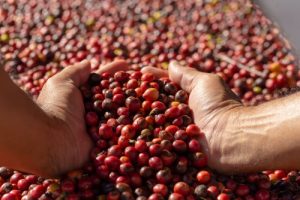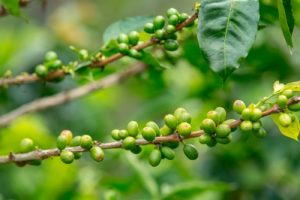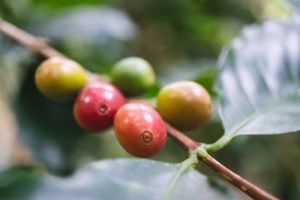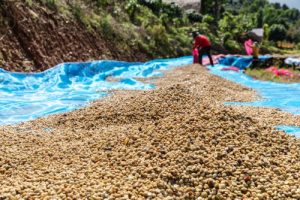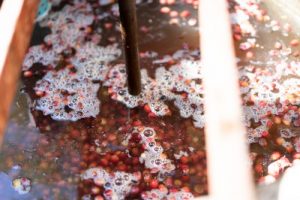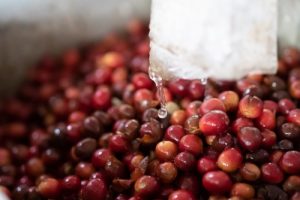Coffee Process
How is the typical process of producing coffee?
1- Planting: The best seeds are selecting for planting.
2- Flowering: The flowering process takes 4-6 months
3- Ripening: Beans ripen in 6-8 months.
4- Harvest: the picking by hand, one by one, of the ripe beans.
5- Wet-processing (depulping): the pulp separated from the coffee vean
6- Wet-processing (fermentation and washing): beans are left to ferment and later wash.
7- Wet-processing (Drying): the beans are left out to dry
8- Milling: Shell es removed from the coffee converting it into green bean.
9- Milling: The coffee is filtered by size and quality.
10- Roasting: The Green coffee is roasted which brings out the aroma and flavor of the coffee.
The importance of perfect picking of coffee berries:
The first part of the process is the selection of the cherries. Good coffee comes from a perfect bean selection process. They have to be same color and ripe but not overripe. Good coffee does not mix beans in different states of ripeness. This is the most important part of the selection process and what defines whether the coffee is going to be a regular or a supremo coffee.
High-quality coffee is always hand-picked even though in coffee-picking there are two methods. One is to “strip-pick”. That gets all the berries of that particular strip, without differentiating the ripe and raw beans. This gives us a not-so-select coffee. The other method is to selectively pick. It takes muhc longer for you have to pick bean by bean, but you ensure that the coffee beans are homogeneous. Only the ripe cherries are picked. This is the Colombian method, for example. Reason why Colombian coffee is considered of the best in the world.
The post-selection process of making high-quaity coffee:
The post-selection process includes: depulping, washing and drying.
Methods of extracting coffee beans from the cherry:
There are two methods.
1): using water.
2): naturally.
When washing with water, the pulp, fruit and skin is removed. In the second method, the cherry is put to dry as is. The cherry undergoes a fermentation process. When dry, the skin is removed from from the coffee beans. This process is less common and more delicate for, if not dried properly, one bad coffee bean can ruin the whole batch with a bitter taste.
Difference in taste in coffee bean using the method of “washing” versus “natural”?
When using the “washing” method, we are removing the pulp, fruit and skin and putting to dry for 30-40 days. The taste is just that of the coffee pit.
When using the “natural” method, we are putting the coffee cherry out to dry for 10-30 days. It ferments and the bacteria metobolizes the sugar which influences the taste of the bean. They then remove the skin and the rest of the remains and what remains is a taste that has been influenced by the fermentation process. There is a sweet taste that hides the sweetness and a creaminess that is typical of naturally-cleaned coffee beans. So, if you are looking for a sweeter and less intensce coffee taste, the natural is probably a better choice.
Threshing of the coffee beans:
Once the coffee beans are dry, they have to go through a threshing process where the outer skin of the seed is removed from the seed. Once this has been done, the coffee beans can be roasted. Before, the farmers used to separate the skin of the bean from the bean one by one. As you can imagine, this took forever. What used to take two hours now takes 10 minutes with the machines.
